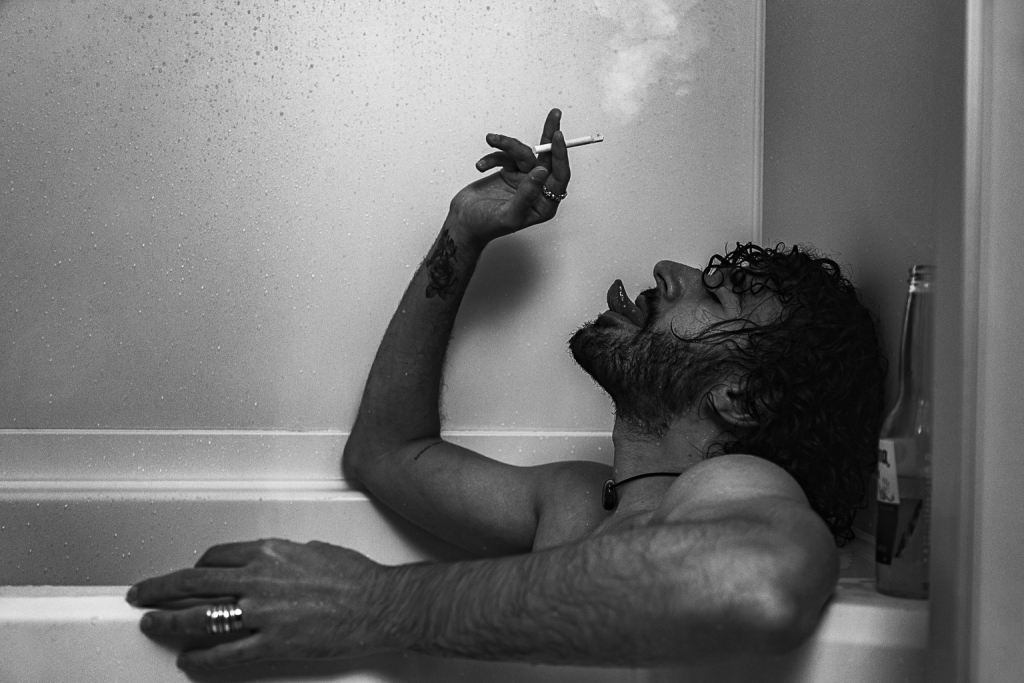As an artist, Allan Abani refuses to strip himself down to one style. Although known for his black-and-white portraiture, his eclectic portfolio involves lively editorial campaigns and an impressive client list, from Rolling Stone magazine in Japan to Nike Air Jordan. Raised in the small town of Castres in the south of France, Allan took it upon himself to buy his first camera, quit his job as a car mechanic and traveled to Tokyo five years ago. The move proved to be a major turning point for his photographic work and life. It’s through his lens that viewers are granted powerful visuals of some of Japan’s biggest icons including Rui Hachimura, Nana Komatsu and Hiroyuki Ikeuchi. “I’m inspired by everything that makes me feel alive,” he says.
His evident penchant for capturing genuine moments from his subjects is the very reason his work regularly lands on the cover page of TW magazines. Here, the self-propelled Tokyo-based French photographer tells us what his kit looks like and where he turns to for inspiration in the metropolis.
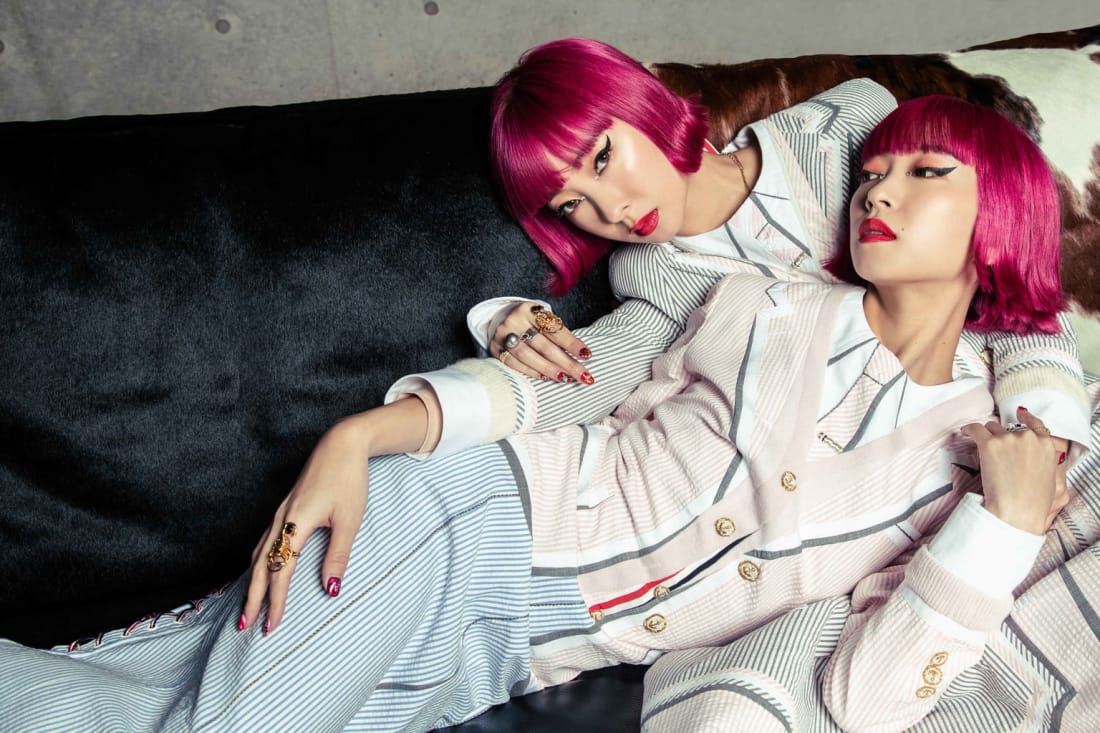
Musician duo Amiaya for TW 2020 Issue
1. Tell us about yourself. How did you become a photographer?
I grew up in an artsy atmosphere in Castres with my mother and grandmother being painters, but I became tired of drawing when I was around 12 and grew passionate about cars — more specifically, drifting. While I was working as a car mechanic, I purchased my first camera and made the decision to quit my job. I gave myself 10 years to become an accomplished photographer. After a few years in the south, I decided to move to Paris in order to learn more about portrait and fashion photography. And here I am, 12 years later, in Tokyo.
2. How would you describe your photography style and how has it evolved throughout the years?
First of all, I don’t believe I have my own style yet. But I found a direction that talks to me and I try to show how I perceive things that way. I like black and white more than colors — emotions, life, imperfections, fashion and nudity. My style started to evolve the moment I decided to stop showing what people want to see and instead start showing what I really like and how I perceive these things. These days, I feel that my work is evolving again. I want to show more personal things in my photos.
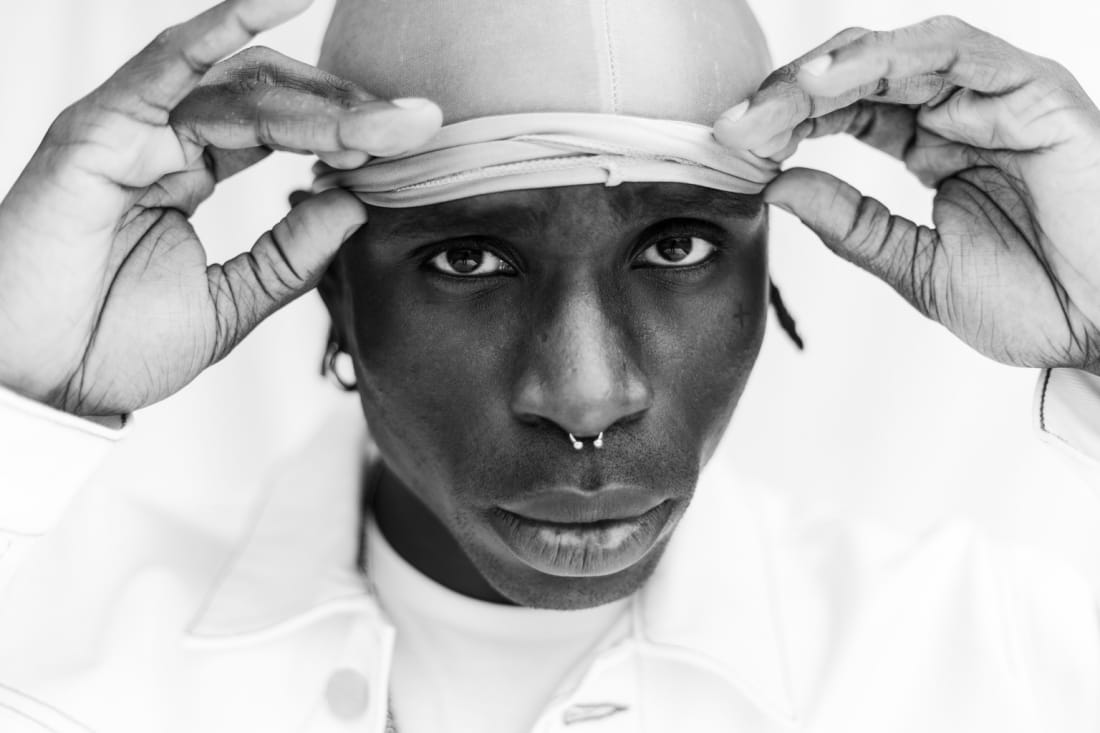
3. You do a lot of powerful black-and-white portraits. What was it that attracted you to this type of photography?
A few years ago, I felt that my skills weren’t improving anymore and became really tired of my own work. I tried for two weeks to shoot only in black and white to see if it changed anything. I realized that it did. I saw colors on the images in a different way. I felt that black and white gives a stronger and more timeless feel to the photos. I loved it and kept shooting mostly with that style.
4. What is your approach to making a moment seem honest and real?
I really like to talk with my subjects before the photo session. I want to learn a little bit about them in order to show these tiny parts of their lives in my images. Listening to people’s stories is one of the things I like the most, not only in my photography process but also in my life.
5. What essential camera equipment can’t you live without?
I would say for work it’s my Canon 1DX Mark II + 70-200 f2.8. For my daily life, I use a compact camera that I carry almost everywhere. I use a Canon G7X Mark II for snapshots and vlogging.
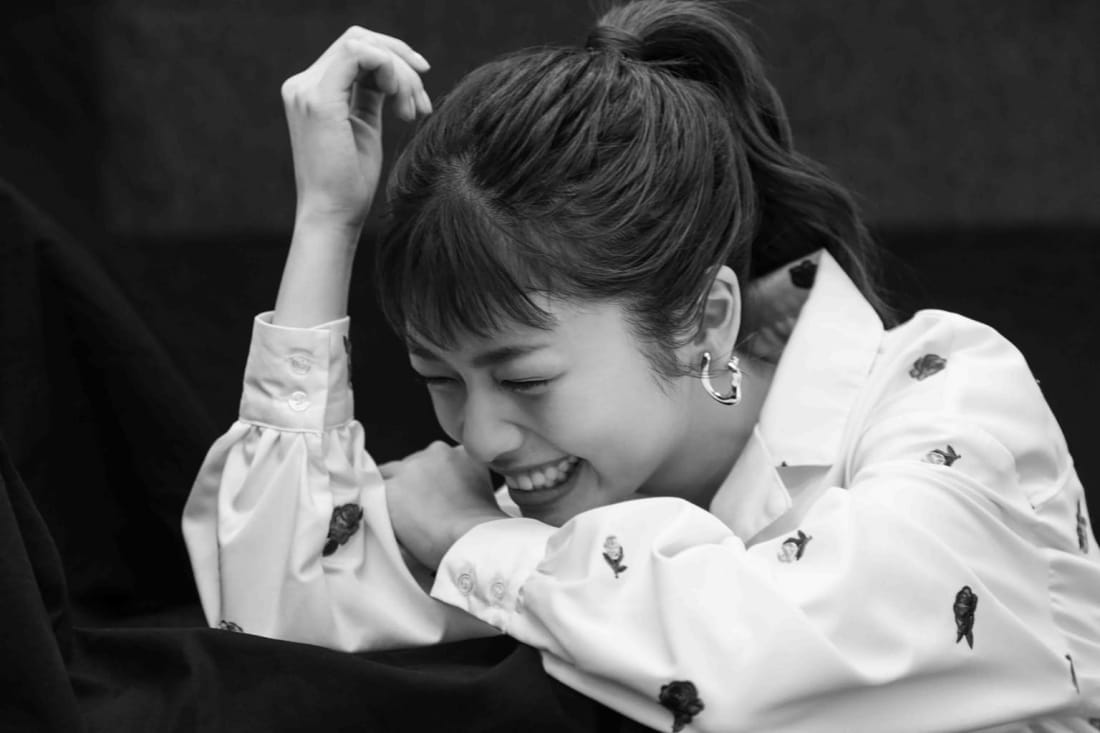
Fuka Koshiba
6. Why did you decide to move to Tokyo?
I originally planned to move to New York for a few months and try to get some business there. Before that, I wanted to visit Tokyo for two weeks with my best friend. I enjoyed it a lot and started to meet some amazing people here. So, I decided to give it a try.
7. Who would you say were important influencers for you and your work?
Salvador Dali, Peter Lindbergh, Sebastiao Salgado and Steven Klein were the people who inspired me the most.
8. Where do you get your inspiration in Japan?
Everywhere. I find my inspiration in the people, animals, flowers, the streets, movies, music, fashion and so on. I’m inspired by everything that makes me feel alive.
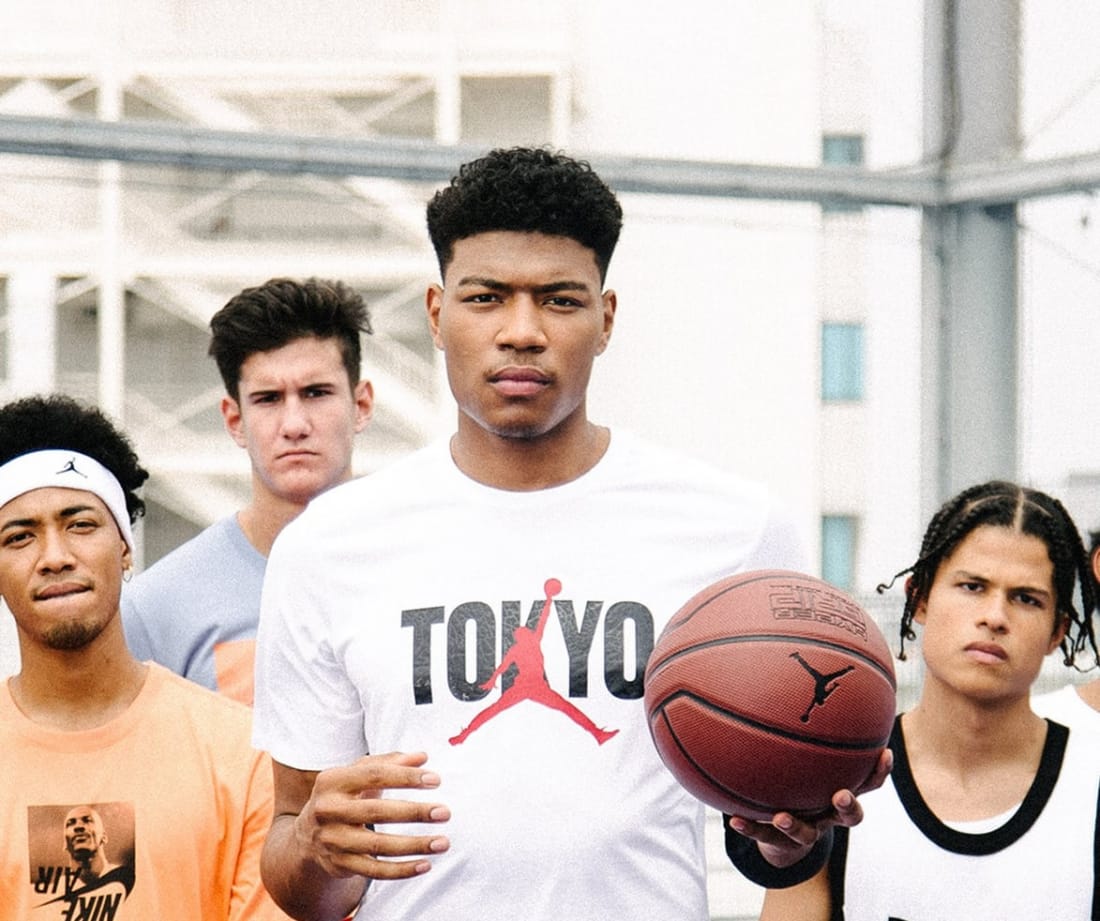
Japanese professional basketball player Rui Hachimura
9. What would you say was your favorite project so far?
Shooting Rui Hachimura for Air Jordan. I grew up playing basketball, watching NBA games and buying basketball magazines. So when I had the opportunity to shoot an NBA player for Nike US, who happens to be considered the best player in Japan right now, it felt like a big accomplishment. The younger me from 15 years ago would not have believed it.
10. What advice would you give to other aspiring photographers?
Keep shooting, train your eyes, analyze meticulously the photos of your favorite photographers and try to understand how they made these images. Also, start building your network. With Instagram and LinkedIn, we can reach out to all kinds of people. A single comment can lead to an opportunity. Take your chances and bet on yourself.
Follow Allan Abani on Instagram or check out his website for more updates.
More interviews:
- 10 Questions With Manami Sasaki, The Queen of Toast Art
- 10 Questions With Daniel Harris Rosen, CEO and Creative Director at TokyoDex
- 10 Questions With Justin Mackee of Let Tokyo Eat Cake
- 10 Questions With Yangsze Choo, Author of ‘The Night Tiger’
All photos in this article are courtesy of Allan Abani.

